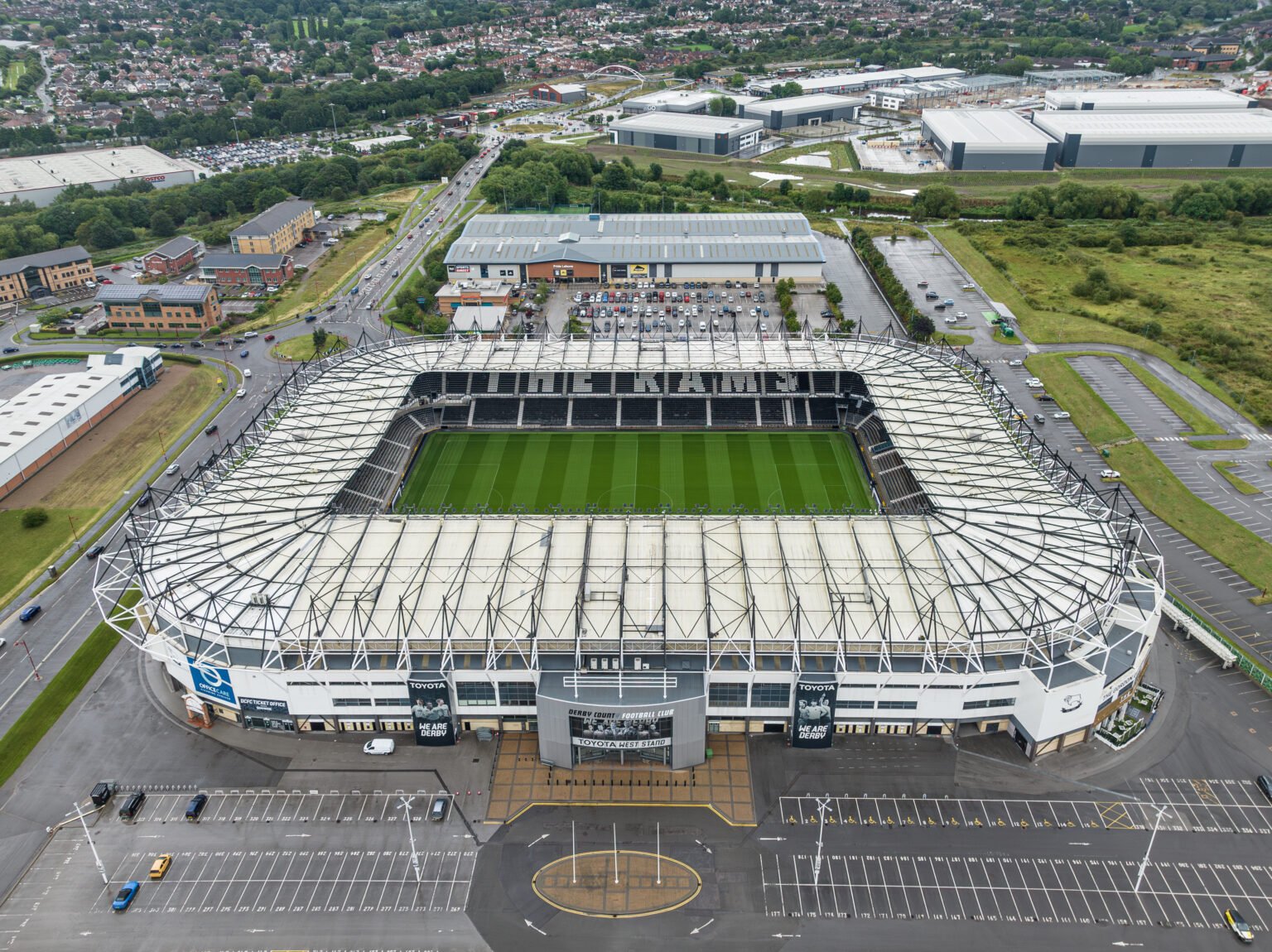Derby County has reached an emotional and unexpected turning point as the club prepares to say goodbye to a stadium that has long been at the heart of its identity. For decades, this ground has witnessed unforgettable victories, painful defeats, and countless stories shared by generations of supporters. Now, all of that history finds itself at a crossroads as the venue will no longer be permitted to host official matches.
The decision marks a significant shift for the club, sparking concern and reflection among fans and football observers alike. The stadium has been considered a symbol of Derby County’s resilience, a place where supporters gathered week after week to cheer, celebrate, and commiserate. Losing the ability to use it for competitive fixtures changes the rhythm of the club’s traditions in a profound way.
Officials have explained that the situation stems from a combination of factors, including regulatory requirements and structural concerns that have made continued match hosting impossible. While the specifics are complex, the result is clear: Derby County must look ahead to major adjustments in how and where it operates moving forward.
The announcement has left many supporters reflecting on what the stadium has meant to them personally. Some recall the electric nights filled with chants and floodlights, while others remember attending their first-ever match there with family and friends. For the local community, the ground has not just been a sports venue—it has been a landmark woven into everyday life.
In the broader scope of English football, this development underscores how quickly circumstances can change for even the most established clubs. Stadiums are more than just concrete and seats; they are emotional anchor points for entire fanbases. When one can no longer serve its purpose, the impact ripples across the entire football ecosystem.
Derby County now faces the challenge of charting a new path, one that balances practical needs with the emotional weight of leaving behind a beloved home. The club will need to make decisions about interim arrangements, long-term planning, and communication with supporters who are understandably anxious about the future.
Despite the sadness that surrounds the news, there is also room for cautious optimism. Transitions like this, though difficult, can lead to new opportunities—whether that means renovation, relocation, or reinvention. Clubs throughout history have faced similar obstacles and emerged stronger on the other side.
Supporters have expressed both heartbreak and hope, recognizing that while the stadium’s match-hosting chapter has ended, Derby County’s story continues. The team, its identity, and its passionate fanbase remain intact, ready to adapt and push forward no matter the challenges ahead.
In the coming months, the club is expected to outline its next steps, offering clarity on how future fixtures will be accommodated. Fans eagerly await this guidance, knowing that their loyalty will be essential during this period of transition.
For now, Derby County bows out of its long-standing stadium with respect, gratitude, and a sense of nostalgia. The memories created within its walls will continue to live on, even as the club prepares to write the next chapter of its journey elsewhere.



